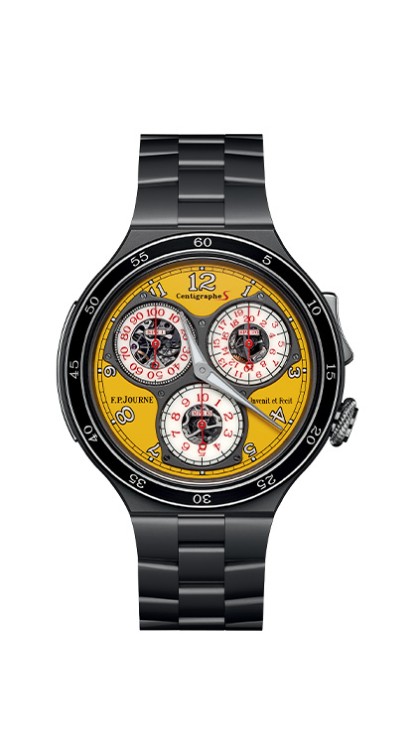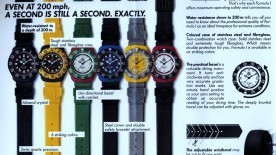Of the many avenues the watch industry explores in its constant pursuit to deliver the best possible products, weight – or rather lack thereof - is high on the agenda. A watch that feels light on the wrist adds to the sensation of wearer comfort, but not just: it also signals innovation and technology. Brands’ R&D departments work full-time to achieve record levels of lightness, exploring state-of-the-art alloys, reducing material to the minimum and rethinking movement design.
Of the six watches shown here – some of the lightness on the planet, ranging from 22 to 81 grams – three are in carbon (Richard Mille [36g], Bulgari [47g] and Hublot [68g]), two are in titanium (Zenith [78g] and F.P. Journe [81g]) and one uses a cobalt alloy (Piaget [22g]). Which makes perfect sense, knowing that carbon is three times lighter than steel and weighs even less when combined with texalium, a fibreglass/aluminium composite, as seen at Hublot. Titanium, meanwhile, weighs half as much as steel.
As for Piaget’s cobalt alloy, it is slightly less dense than steel and offers other desirable qualities in watchmaking, namely excellent resistance to magnetic fields, corrosion, wear and high temperature. Extra-thin and skeleton movements (sometimes both together) are also an excellent choice in the quest for ultra-lightness. Piaget’s 900P-UC calibre is not just devoid of extraneous material; it is an integral part of the case, as the mainplate doubles up as the case back. The dial lies on the same plane as the barrel and gear train.
Thin is also in at Bulgari (47g), while both Richard Mille and Hublot opt for skeletonisation.
This selection of six ultra-light watches is further proof of the industry’s expertise and its ability to innovate with high-tech materials.
22 grams
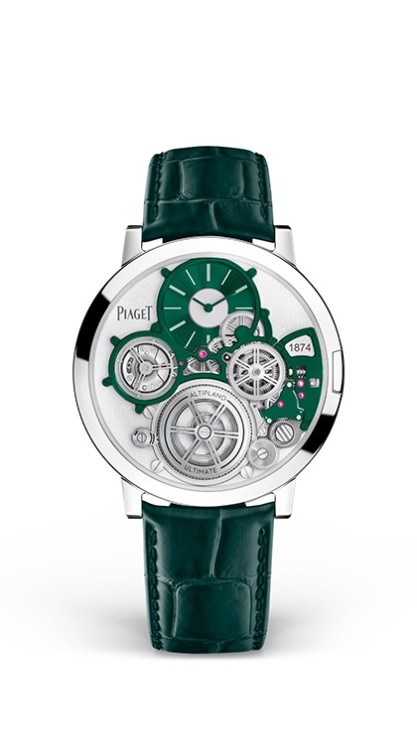
36 grams
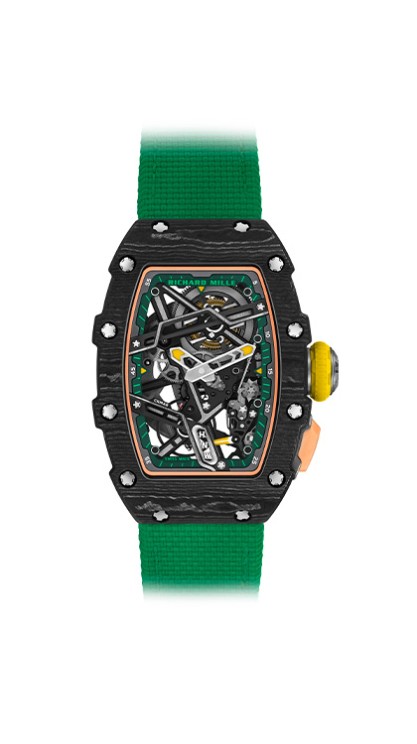
47 grams

68 grams
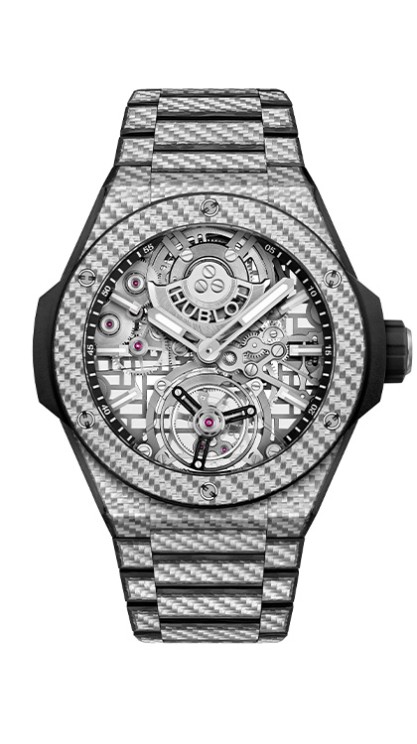
78 grams
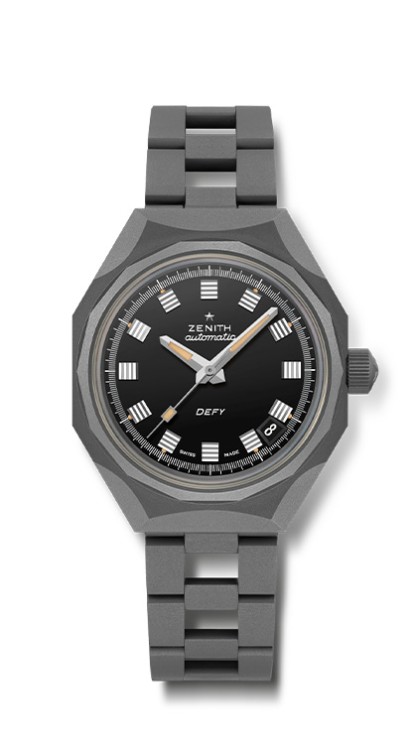
81 grams
